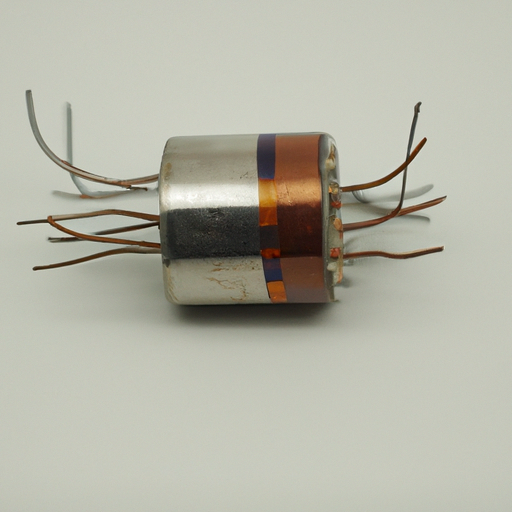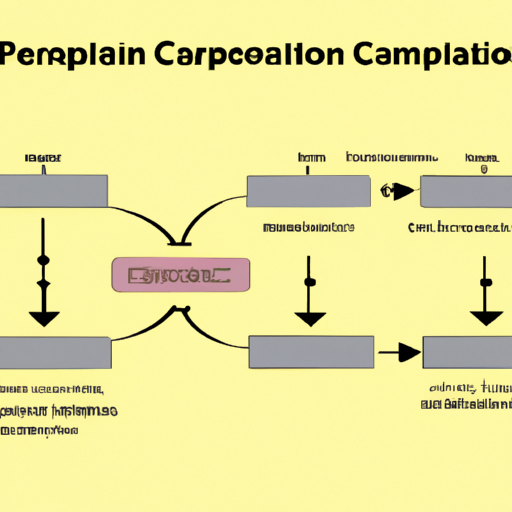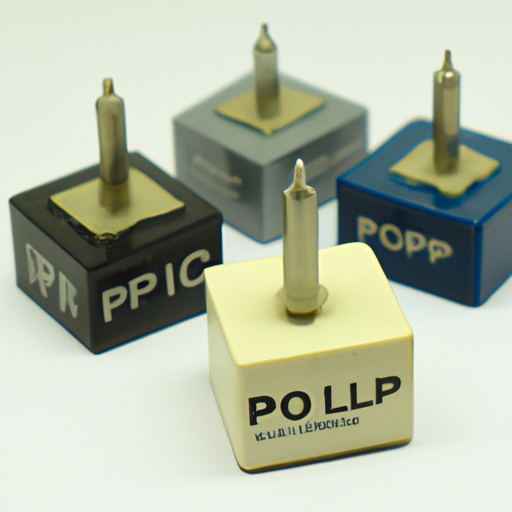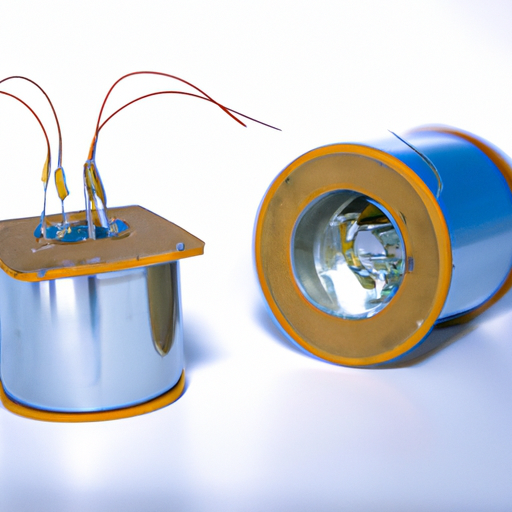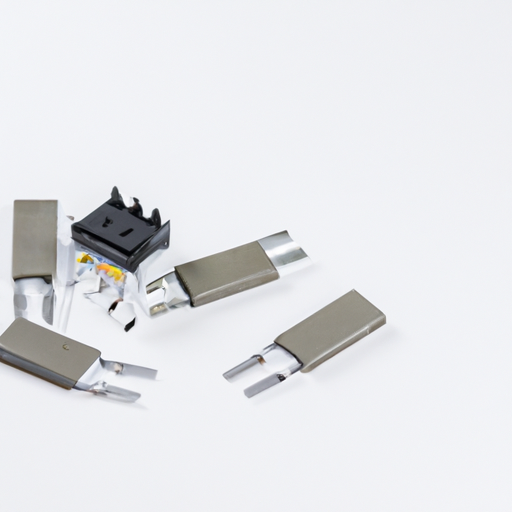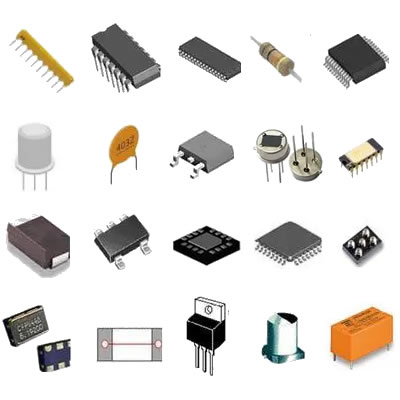Similar recommendations for capacitor housing components
Similar Recommendations for Capacitor Housing Components
I. Introduction
Capacitor housing components play a crucial role in the performance and reliability of electronic devices. These housings serve as protective enclosures for capacitors, ensuring that they function optimally in various environments. As electronic applications continue to evolve, the importance of selecting the right capacitor housing components becomes increasingly significant. This article aims to provide recommendations for selecting capacitor housing components, focusing on their types, key functions, and factors to consider during the selection process.
II. Overview of Capacitor Housing Components
A. Types of Capacitor Housing Components
Capacitor housings come in various materials, each offering unique benefits and drawbacks. The three primary types of capacitor housing components are:
1. **Plastic Housings**: These are lightweight and cost-effective, making them a popular choice for consumer electronics. Plastic housings provide adequate protection against moisture and dust, although they may not withstand extreme temperatures as well as metal or ceramic options.
2. **Metal Housings**: Known for their durability and strength, metal housings are ideal for industrial and automotive applications where robustness is essential. They offer excellent thermal conductivity and can shield against electromagnetic interference (EMI), but they are generally heavier and more expensive than plastic alternatives.
3. **Ceramic Housings**: These housings are often used in high-frequency applications due to their excellent dielectric properties. Ceramic materials can withstand high temperatures and provide good electrical insulation, making them suitable for aerospace and military applications.
B. Key Functions of Capacitor Housings
Capacitor housings serve several critical functions:
1. **Protection from Environmental Factors**: Housings protect capacitors from dust, moisture, and other environmental contaminants that could compromise their performance.
2. **Electrical Insulation**: Proper insulation is essential to prevent short circuits and ensure safe operation. The choice of housing material directly impacts the electrical insulation properties of the capacitor.
3. **Mechanical Support**: Capacitor housings provide structural integrity, ensuring that the components remain securely in place during operation and under mechanical stress.
III. Factors to Consider When Selecting Capacitor Housing Components
When selecting capacitor housing components, several factors must be taken into account:
A. Material Properties
1. **Thermal Stability**: The housing material should be able to withstand the operating temperature range of the application without degrading. For high-temperature applications, materials like ceramics or specialized plastics may be necessary.
2. **Electrical Insulation**: The dielectric strength of the housing material is crucial for preventing electrical failures. Materials with high insulation resistance are preferred.
3. **Mechanical Strength**: The housing must be robust enough to withstand physical stress, vibrations, and impacts, especially in industrial and automotive applications.
B. Size and Form Factor
1. **Compatibility with Circuit Design**: The housing must fit within the overall design of the electronic device. Engineers should consider the dimensions and layout of the circuit board when selecting housings.
2. **Space Constraints in Electronic Devices**: As devices become more compact, the size of capacitor housings must also be minimized. This may require the use of specialized materials or designs to maintain performance while reducing size.
C. Environmental Considerations
1. **Operating Temperature Range**: Different applications have varying temperature requirements. It is essential to select a housing that can operate effectively within the specified temperature range.
2. **Humidity and Moisture Resistance**: For applications exposed to high humidity or moisture, selecting a housing with adequate sealing and moisture resistance is critical.
3. **Chemical Resistance**: In industrial settings, housings may be exposed to chemicals and solvents. Choosing materials that can withstand these substances is vital for long-term reliability.
D. Cost and Availability
1. **Budget Constraints**: The cost of materials and manufacturing processes can significantly impact the overall budget for a project. Engineers must balance performance requirements with cost considerations.
2. **Supply Chain Considerations**: Availability of materials can affect project timelines. It is essential to consider the supply chain when selecting housing components to avoid delays.
IV. Recommendations for Specific Applications
A. Consumer Electronics
For consumer electronics, plastic housings are often the best choice due to their lightweight and cost-effective nature. Recommended materials include polycarbonate and ABS, which provide good moisture resistance and electrical insulation. Examples of suitable capacitor housings include surface-mount capacitors with integrated plastic enclosures.
B. Industrial Applications
In industrial settings, metal housings are recommended for their durability and strength. Aluminum and stainless steel are excellent choices, offering resistance to corrosion and mechanical stress. Capacitor housings designed for panel mounting or DIN rail applications are ideal for this sector.
C. Automotive Applications
Automotive applications require housings that can withstand extreme temperatures and vibrations. Metal housings, particularly those made from aluminum or high-strength plastics, are recommended. Capacitors with sealed housings that provide moisture and dust protection are essential for reliability in automotive environments.
D. Aerospace and Military Applications
For aerospace and military applications, ceramic housings are often preferred due to their high-temperature resistance and excellent dielectric properties. These housings can withstand harsh conditions and provide reliable performance. Specialized designs that meet military specifications (MIL-SPEC) are crucial for these applications.
V. Emerging Trends in Capacitor Housing Components
A. Advances in Materials Science
1. **Biodegradable Materials**: As sustainability becomes a priority, the development of biodegradable materials for capacitor housings is gaining traction. These materials can reduce environmental impact while maintaining performance.
2. **Nanotechnology Applications**: Nanotechnology is being explored to enhance the properties of housing materials, improving their strength, thermal stability, and electrical insulation.
B. Miniaturization and Its Impact on Design
The trend toward miniaturization in electronics is driving the need for smaller capacitor housings. Engineers are increasingly looking for innovative designs that maintain performance while reducing size.
C. Sustainability and Eco-Friendly Practices
Sustainability is becoming a key consideration in the selection of materials for capacitor housings. Manufacturers are exploring eco-friendly practices, such as using recycled materials and reducing waste in the production process.
VI. Conclusion
Selecting the right capacitor housing components is essential for ensuring the performance and reliability of electronic devices. By understanding the various types of housings, their functions, and the factors to consider during selection, engineers and designers can make informed decisions that meet the specific needs of their applications. As technology continues to evolve, staying informed about emerging materials and trends will be crucial for future developments in capacitor housing technology.
VII. References
1. Smith, J. (2021). "Advances in Capacitor Technology." *Journal of Electronic Materials*.
2. Johnson, L. (2022). "Material Selection for Electronic Components." *IEEE Transactions on Components, Packaging and Manufacturing Technology*.
3. Brown, A. (2023). "Sustainable Practices in Electronics Manufacturing." *Environmental Science & Technology*.
4. Miller, R. (2020). "The Role of Capacitor Housings in Modern Electronics." *Electronics Weekly*.
By following these guidelines and recommendations, engineers can ensure that they select the most suitable capacitor housing components for their specific applications, ultimately leading to enhanced performance and reliability in their electronic devices.

